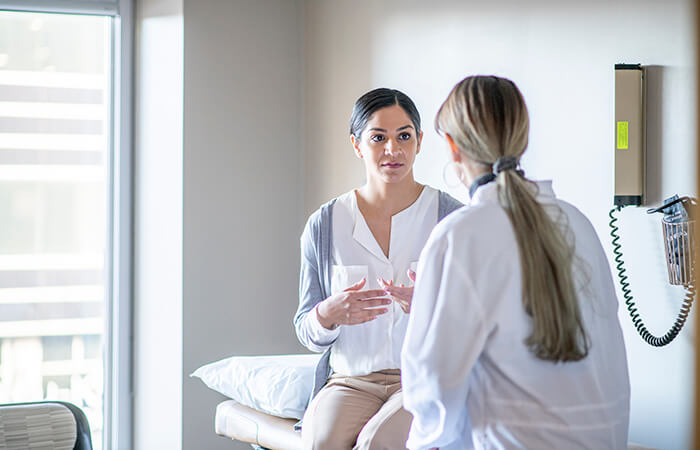If you've been diagnosed with a spot on your lung, often called a nodule or mass, it's important to explore your options for further evaluation. Prevea’s respiratory care team utilizes the Ion robot at HSHS St. Mary’s Hospital Medical Center to perform biopsies and determine whether the nodule is benign or cancerous. Call (920) 272-1240 to find out if robotic-assisted bronchoscopy is right for you or click here.
Pulmonology
Prevea's team of respiratory providers creates custom treatment plans for your lungs and respiratory system.
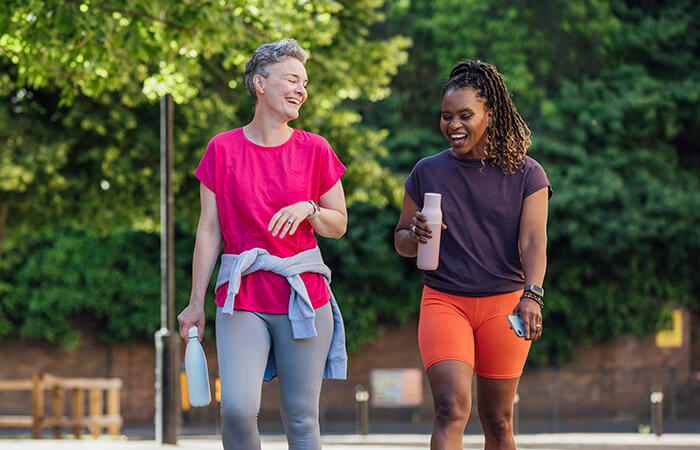.jpg?width=700&height=450&ext=.jpg)
.jpg?width=700&height=450&ext=.jpg)
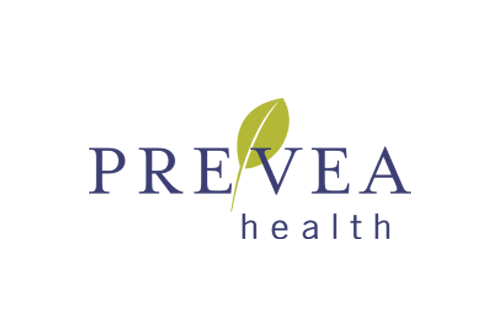
Aging lungs
As you age, the lung tissue that helps keep your airways open can lose elasticity, which means your lungs cannot expand or contract as easily as when you were younger. The muscles your body uses for breathing may get smaller or weaker and your spine can curve more, leaving less space for your lungs to expand. It can take longer to clear mucus and particles from your airways. It can also become harder to cough. These changes can make it harder to breathe during physical activity as you get older. You can take the following steps to help preserve your lung function:
- Eat more fruits and vegetables.
- Perform core and upper-body training with regular weight training.
- Improve your lung capacity through resistance workouts such as walking with hand weights.
- Get vaccinated for respiratory infections like pneumonia and influenza.

Breathing
Breathing involves two phases: breathing in and breathing out. Your lungs deliver oxygen and remove carbon dioxide from your blood in a process called gas exchange. Gas exchange happens in the capillaries surrounding the alveoli, where the oxygen that is breathed in enters the circulatory system and carbon dioxide in the blood is released to the lungs and then breathed out. If you have problems breathing, gas exchange may be impaired, increasing the risk of serious health problems.

Healthy lungs
A healthy lifestyle can help prevent lung injury and disease. You can take steps to help protect your lungs from injury and disease, including:
- Not smoking/ stopping smoking.
- Avoiding secondhand and tobacco smoke.
- Aiming for a healthy weight.
- Being physically active.
- Limiting exposure to outdoor air pollution.
- Talking precautions against seasonal flu, pneumonia and other viruses.
- Testing your home for radon gas.
- Using protective gear if you work in an industry that involves exposure to dust, silica, allergens, chemical fumes or other indoor or outdoor air pollution.

The respiratory system
The respiratory system helps you breathe. The main parts of the respiratory system are the lungs, the airways, and the muscles that enable breathing. The circulatory system, which is made up of the heart, veins, arteries, and capillaries, brings blood to and from the lungs and delivers nutrients and oxygen to tissues of the body while removing carbon dioxide and waste products. Other body systems that work with the respiratory system include the nervous system, lymphatic system and immune system. Your body’s muscles and nervous system help control your breathing.
Meet our physicians and providers

Jeremy Renz, DO
Critical Care and Pulmonary Medicine Physician
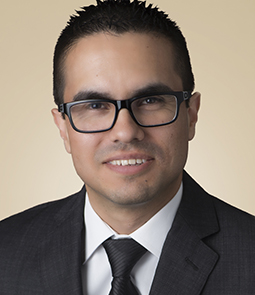
Daniel Monroy Chaves, MD
Critical Care and Pulmonary Medicine Physician
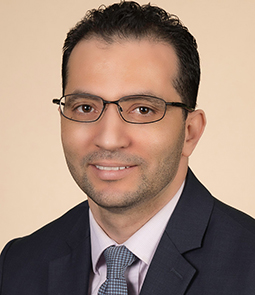
Musab Nusrat, MD
Sleep and Pulmonary Medicine Physician

Fazal Raziq, MD
Critical Care and Pulmonary Medicine Physician
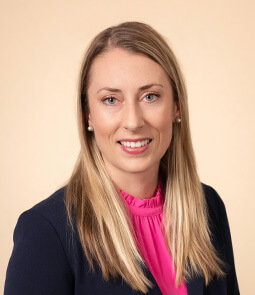
Samantha Grigg, PA-C
Physician Assistant, Pulmonology
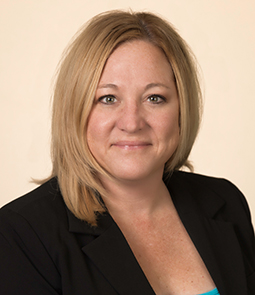
Kristin Mercado, APNP, ANP-BC
Nurse Practitioner, Pulmonology
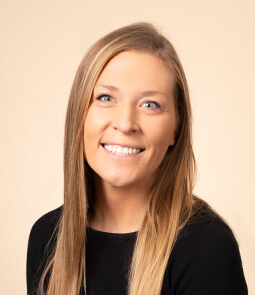
Molly Piumbroeck, APNP, FNP-BC
Nurse Practitioner, Pulmonology
